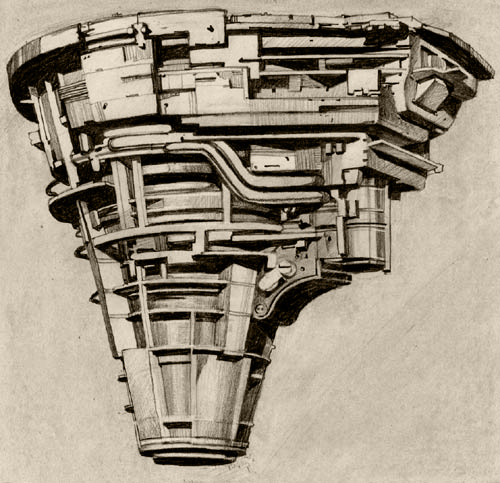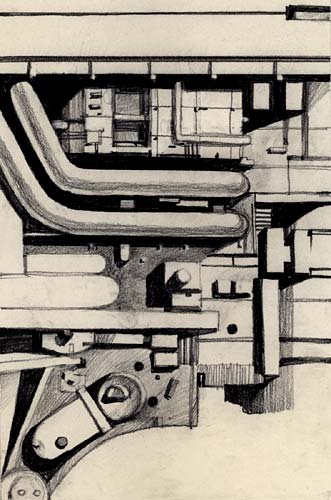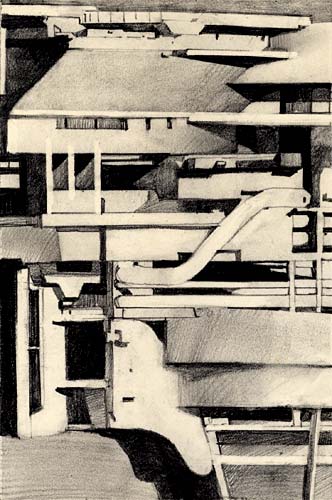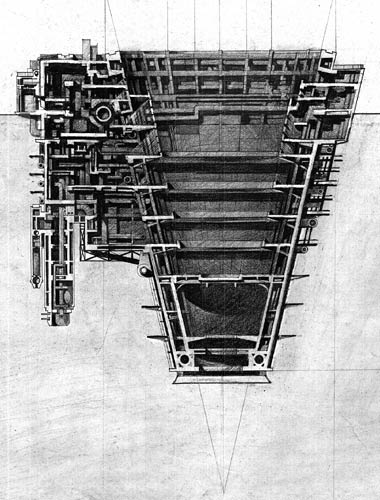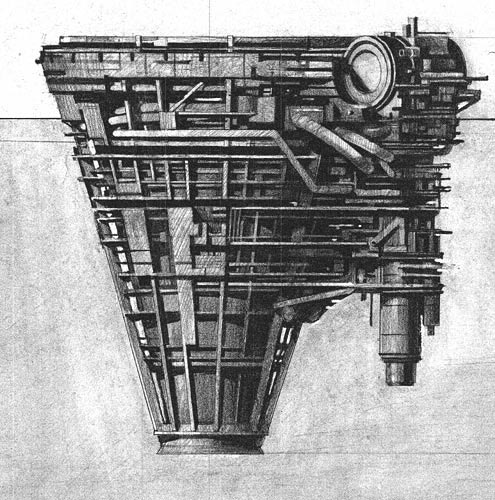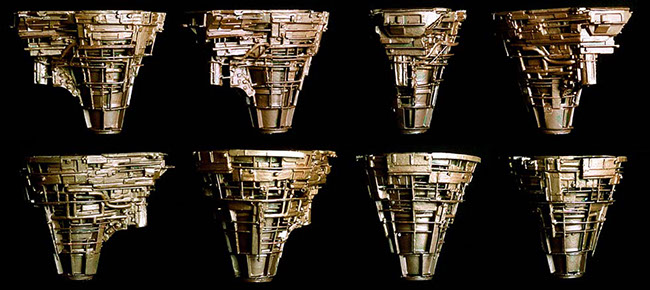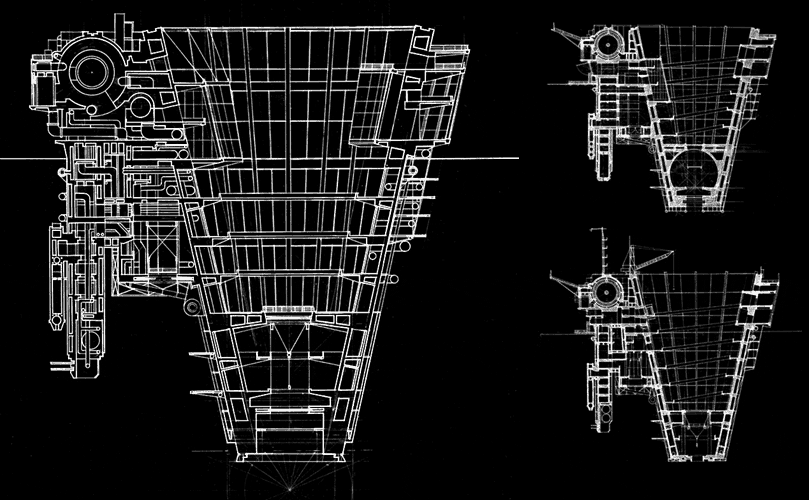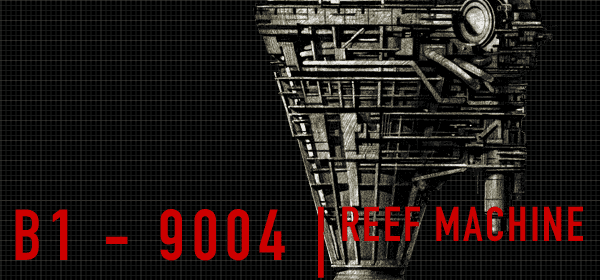
B1-9004 | HOLE IN WATER
B1-9004 is a large artificial reef system that maximizes the ocean’s capacity to renew itself and sustain life. It encourages macrobiotic activity by pumping air through nearly 90 miles of pipes that wrap its perimeter. This activity results in the growth of crustaceans and barnacles, which, in turn, leads to habitation by larger organisms. Eventually B1-9004 will be completely lined with living organisms to form a complex eco-environment.
B1-9004 is a reaction to the usual methods of preserving and designating natural reserves. Such methods (parks, for example) may stop further development but they are usually already overdeveloped. Further, when one considers our advanced understanding of the complexity and interrelated structure of nature’s wholeness, such bureaucratic efforts seem fragmented and ineffective.
B1-9004 has a radius of nearly 4 miles, and self-gyrates 24 times per hour. A satellite positioning device (GPS) and 3 on-land markers that activate multiple jet thrusters keep B1-9004 stable in all axes.
B1-9004 is an experimental prototype for the Sagami Bay ecosystem. This bay, which makes up the lower portion of Tokyo Bay, stretches 70 miles west of the Miura Peninsula to the town of Manazuru. The bay, which consists mostly of sandy beaches and quiet fishing villages, is shaped like a bow, and the Sagami River flows into its center. Under the sea, Jogashima, Kagemi, Enoshima, and Oiso Spurs spread like fingers and drop 1,500 meters to the Sagami Trough Basin. Twenty miles south of the bay, the flow of the deep ocean current Kuroshio sweeps the Izu Peninsula and travels north. This particular current originates at the equator and brings migrating fish and microscopic organisms. The combination of the unusual depth of the bay and the tropical ocean current fosters a diverse and highly concentrated ecological system.
More recently, Sagami Bay’s proximity to Tokyo, coupled with a convenient mass-transit system that includes the world’s fastest bullet train, has resulted in increased population and land use. The environmental impact of this development on the bay area’s ecosystem, including beach erosion, pesticide and sewage run-off, has had dangerous effects on the system’s macrobiotic organisms, barnacles, plants, crustaceans, birds, mammals, and fish. Multiple artificial reef systems will be required to reverse this destructive trend.
